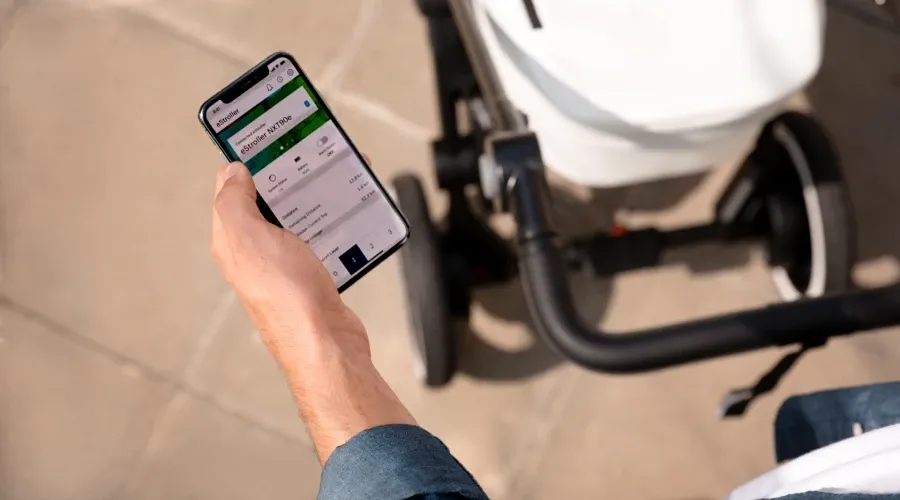Qualcomm Announces Snapdragon 8 Gen 5 Platform
Qualcomm added its latest smartphone platform to its premium-tier Snapdragon range.

German technology giant Bosch is entering yet another new market - e-strollers. New e-stroller system is much more than an electrical drive. It is an assistance system for strollers with a comprehensive range of comfort and safety features. In addition to offering push support and an automatic braking function, this includes connectivity via a smartphone app, an alarm function, and a variety of high-tech sensors.
“The e-stroller system incorporates know-how from across the company. We’ve applied the same rigorous technology and quality standards here as we do in the automotive sector, including wind tunnel tests,“ said Stefan Hartung, member of the board of management and chairman of the Mobility Solutions business sector.
The variable Bosch system is equally suitable for single, twin, or sibling strollers. It will have its market launch in early 2020 with the Swedish stroller manufacturer Emmaljunga. The system’s drive unit comprises two low-noise electric motors on the rear axle along with a Bluetooth module and a smart sensor system. The sensors, which are also employed in smartphones, measure things like the stroller’s speed and acceleration while assessing the road surface it is moving over.
Using algorithms, they can calculate in fractions of a second what mom or dad wants to do next. On an uphill path, the motors automatically help push the stroller, as they do on an e-bike. When on a downhill slope, they step in to help brake. If the parents let go of the stroller, the motor brake prevents it from rolling away unchecked, and the electromechanical lock engages the parking brake. The e-stroller system has no need for additional switches or buttons on the push handle.
The electric assistance not only increases comfort and safety, but also improves the stroller’s ergonomics. Bosch user testing showed that the e-stroller system can greatly improve parents’ posture, since it takes a lot less effort to push the stroller uphill, over uneven terrain, or into a headwind. Meanwhile, the self-braking electrical drive noticeably eases back strain when heading downhill. The system’s steering support also brings clear benefits when pushing with just one hand.
Users can choose from three levels of electric assistance using the associated smartphone app that communicates with the e-stroller system via Bluetooth. It also displays the charge level of the detachable battery and warns users in good time that power is running out. The stroller’s 18-volt lithium-ion battery is housed in a lockable compartment. With a charging time of some two and a half hours, the fully charged battery offers a range of up to 15 kilometers, depending on the level of assistance selected and the weight of the stroller. Parents can also charge their smartphone using the system’s USB port.
The app can be used to activate the alarm function, too. Provided a Bluetooth connection has been established with a parent’s smartphone, a warning will appear if anyone tries to push the stroller away. In addition, an alarm will sound from the stroller’s integrated loudspeaker and the parking brake will automatically reengage. Should the battery run out on the move after all, the stroller can still be used like a normal stroller with no perceptible motor resistance.